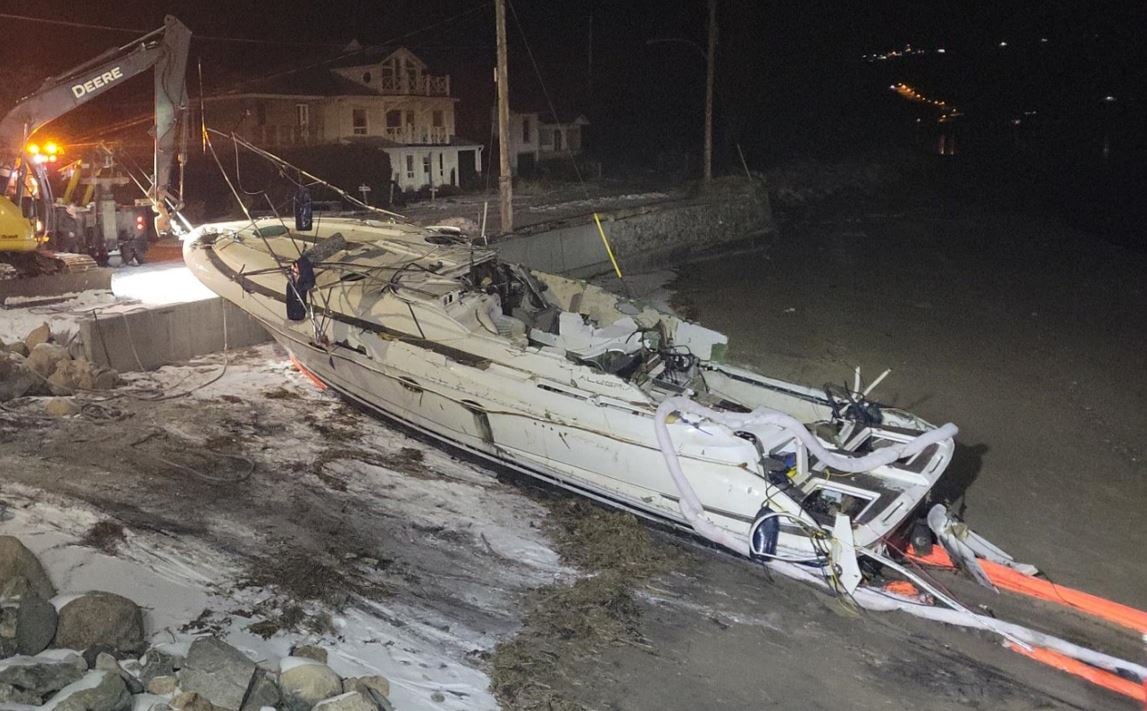Two-year alliance will help train workers on the grain industry's six major hazards

The Occupational Safety and Health Association (OSHA) has signed an alliance with the Ohio On-Site Consultation Program, the Ohio Bureau of Workers' Compensation and the Ohio Agribusiness Association.
The two-year alliance will help train workers on the grain industry’s six major hazards: engulfment, falls, auger entanglement, “struck by,” combustible dust explosions and electrocution hazards and OSHA’s Grain-Handling Safety Standard.
“Grain handling can expose workers to serious and life-threatening hazards, such as fires and explosions from grain dust accumulation, engulfment in grain bins, and injuries and amputations from grain handling equipment,” said William Donovan, OSHA’s acting region administration in Chicago. “This alliance aims to provide training and resources to improve workplace safety in this industry.”
Recently, a jury in New Brunswick made recommendations to improve the safety of people working in sawmills following a mandatory coroner’s inquest into the death of one worker in 2016.
Under the new agreement, an implementation team – comprised of representatives of each organization – will meet to develop a plan of action, determine working procedures and identify the roles and responsibilities of the participants.
They will also meet up to twice annually to track and share information on activities and results in achieving the alliance’s goals and promote available training by each organization.
Under the Alliance Program, OSHA joins with groups committed to worker safety and health, including unions, consulates, trade or professional organizations, faith- and community-based organizations, businesses and educational institutions, to leverage resources and expertise to help ensure safe and healthy workplaces and worker rights under the Occupational Safety and Health Act.
OSHA and the groups work together to develop compliance assistance tools and resources, share information with workers and employers, and educate workers and employers about their rights and responsibilities.





